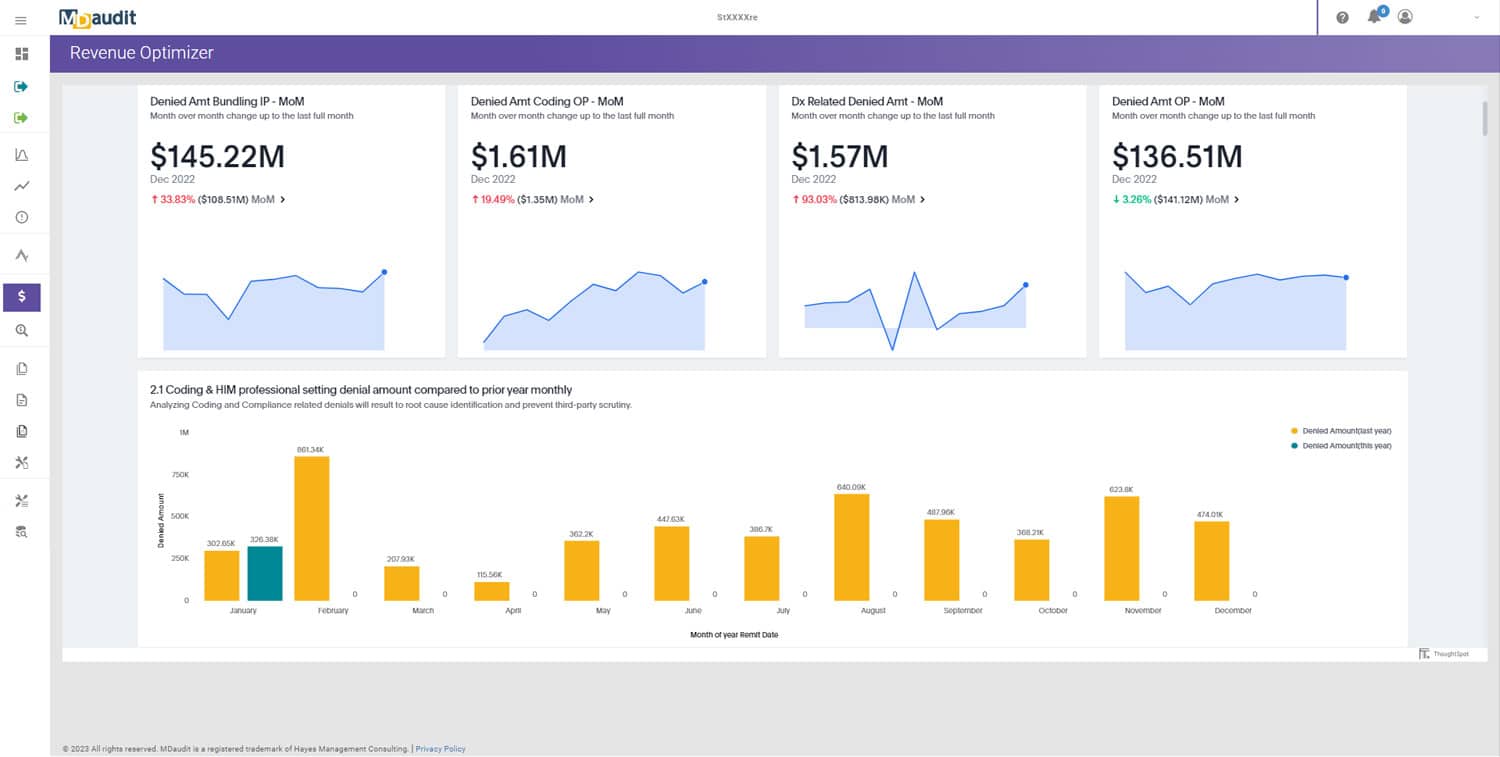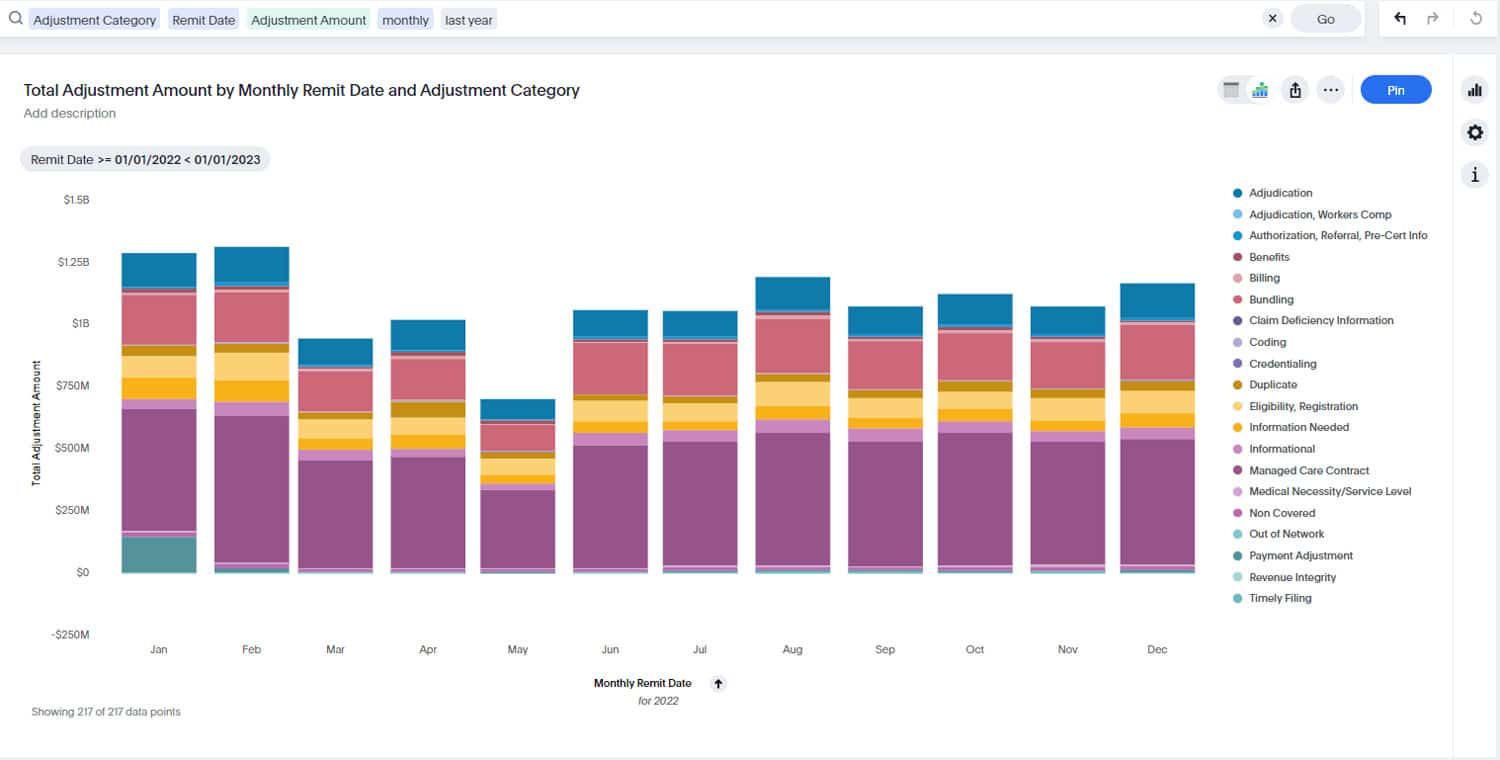Who wants to audit smarter instead of harder? The increasing complexities of billing compliance are nothing new for today’s medical billing, coding, and compliance professionals. The industry has often proved complex to navigate with common issues such as coding errors, rampant denials, medical necessity scrutiny, overcoding, undercoding, and more.
The evolving power of automation in managing internal and external audit workflows is today’s solution. Automation transforms billing compliance by improving accuracy, efficiency, and revenue integrity, all from a single-source platform.
How Benchmarking, Data-Driven Insights, and Automation Strengthen Billing Compliance
Industry benchmarking provides healthcare organizations with a valuable lens to assess their risk exposure. Organizations can identify areas of vulnerability by comparing key performance indicators (KPIs) such as audit failure rates, denial trends, coding quality, and documentation accuracy against industry standards. This data helps compliance teams understand where they stand relative to their peers and pinpoint specific risks that could lead to financial penalties or increased payer scrutiny.
Leveraging Data-Driven Insights for Proactive Compliance
With compliance regulations evolving and audit scrutiny intensifying, relying on historical data alone is insufficient. Organizations must leverage real-time data and analytics to detect patterns, predict risk areas, and implement corrective actions before issues escalate. Proactively using data-driven insights enables compliance teams to shift from a reactive audit approach to a preventive strategy—reducing costly errors, minimizing recoupments, and maintaining regulatory alignment.
Automation: A Critical Tool for Reducing Audit Vulnerabilities
Automation plays a transformative role in strengthening billing compliance. Augmented Intelligence (AI)-powered auditing tools can scan large volumes of claims, detect inconsistencies, and flag high-risk transactions faster and more accurately than manual reviews. Integrating automation into compliance workflows allows healthcare organizations to achieve real-time monitoring, streamline audits, and ensure continuous compliance with evolving regulations. Automation not only reduces audit vulnerabilities but ultimately enhances operational efficiency, allowing compliance teams to focus on education and strategic improvements rather than manual audits.
5 Billing Compliance Benchmark Insights
MDaudit’s 2024 Benchmark Report is compiled from data on over five billion claims and remits and over $8 billion in annual charges audited. The billing compliance function stands out in this report with five key insights around audits and automation.
Insight #1: Technology and Analytics Are Driving Productivity Gains and Healthier Margins
Auditor productivity (cases audited per auditor) increased 35% in 2024 compared to 2023, with no increase or slight decrease in their teams. AI-powered auditing tools streamline compliance reviews, reducing time-consuming manual efforts while optimizing revenue recovery.
Insight #2: Organizations Are Using Historical Data to Address Billing Issues Proactively
Retrospective audits within the MDaudit community increased by 10%, and prospective audits increased by 275% in 2024 vs. 2023. Data-driven decision-making helps organizations identify recurring errors before they trigger external audits. Advanced analytics platforms can detect patterns in historical billing data and flag high-risk claims before submission.
Insight #3: Risk Adjustment and HCC Audits Have Increased Exponentially
Medicare Advantage plans are under heightened scrutiny, especially with overpayment risks. Hierarchical condition coding (HCC) and Risk Adjustment audits in MDaudit surged 72% in 2024 vs. 2023. Automated risk monitoring and AI-driven HCC audit tools ensure accurate documentation and reduce compliance risks.
Insight #4: Clinical Documentation Audits Have Increased Significantly
Clinical documentation audits and reviews surged by 100% in 2024 vs. 2023. Inaccurate or incomplete documentation is indicated as a major source of compliance failures. Natural language processing (NLP) tools can assess documentation in real time, flagging potential errors and inconsistencies before submission.
Insight #5: More Than 25% of Providers Failed Audits Across Professional and Hospital Care Settings
33% of rendering providers audited for professionals failed audits, whereas 23% of the attending providers failed audits in the hospital setting. This failure rate highlights systemic gaps in compliance programs. Automated compliance platforms provide real-time risk assessments, helping providers correct documentation and coding errors before submitting claims.
Let Automation Drive Your Success
Automating your organization’s internal and external audits further enhances the billing compliance function by streamlining compliance workflows, improving accuracy, and enabling continuous monitoring of risk areas. AI-driven auditing tools enhance audit outcomes by catching errors early and contributing to stronger financial and operational stability. By reducing manual workload, minimizing claim denials, and optimizing revenue integrity, automation allows compliance teams to focus on strategic improvements rather than reactive damage control.
To stay ahead of evolving compliance challenges, healthcare organizations must embrace risk-based automation solutions. Automation empowers providers to proactively monitor billing compliance, detect risks in real-time, and ensure audit readiness, helping their organization safeguard revenue while maintaining regulatory integrity. Now is the time to leverage technology and audit smarter, not harder.







